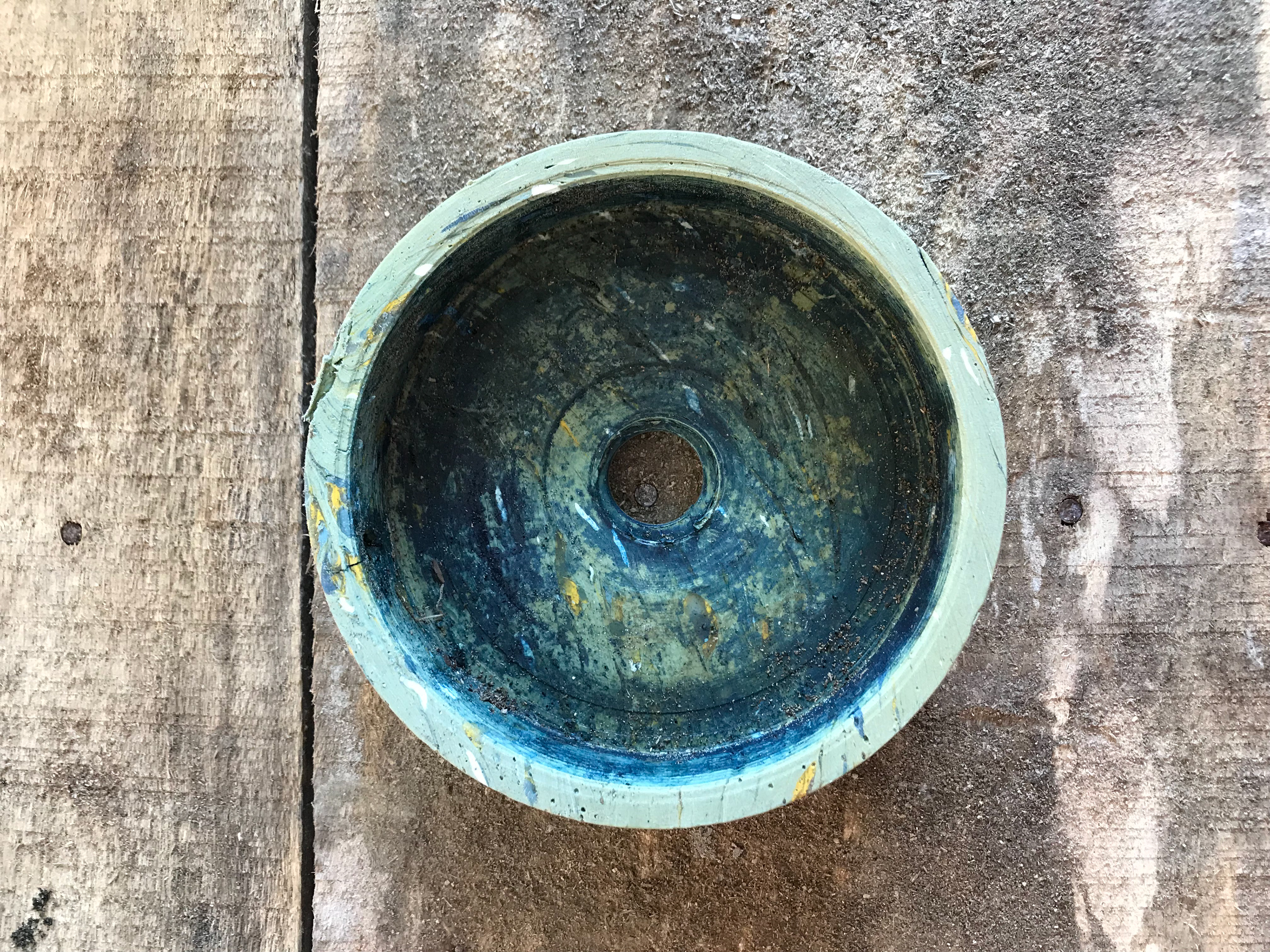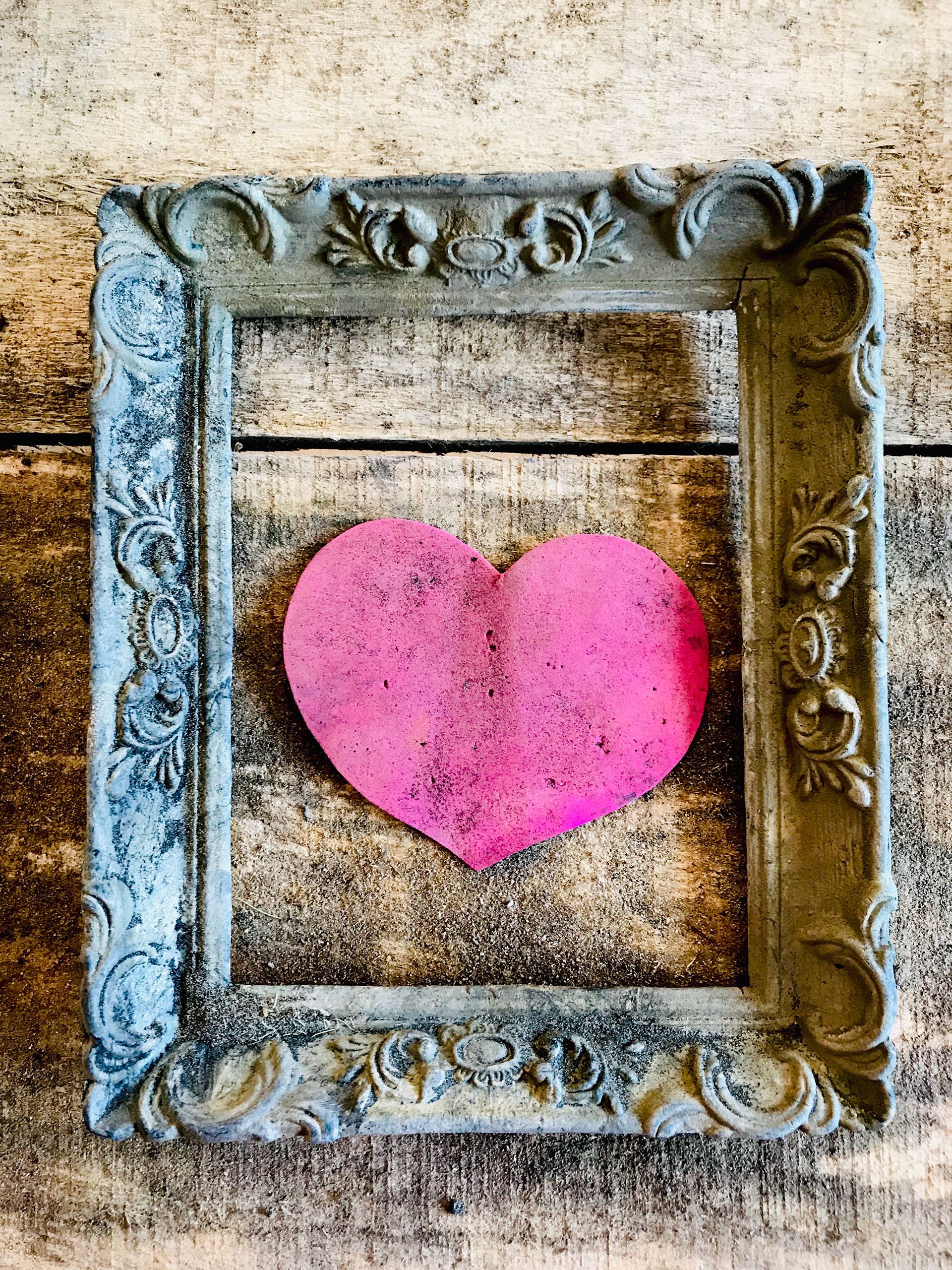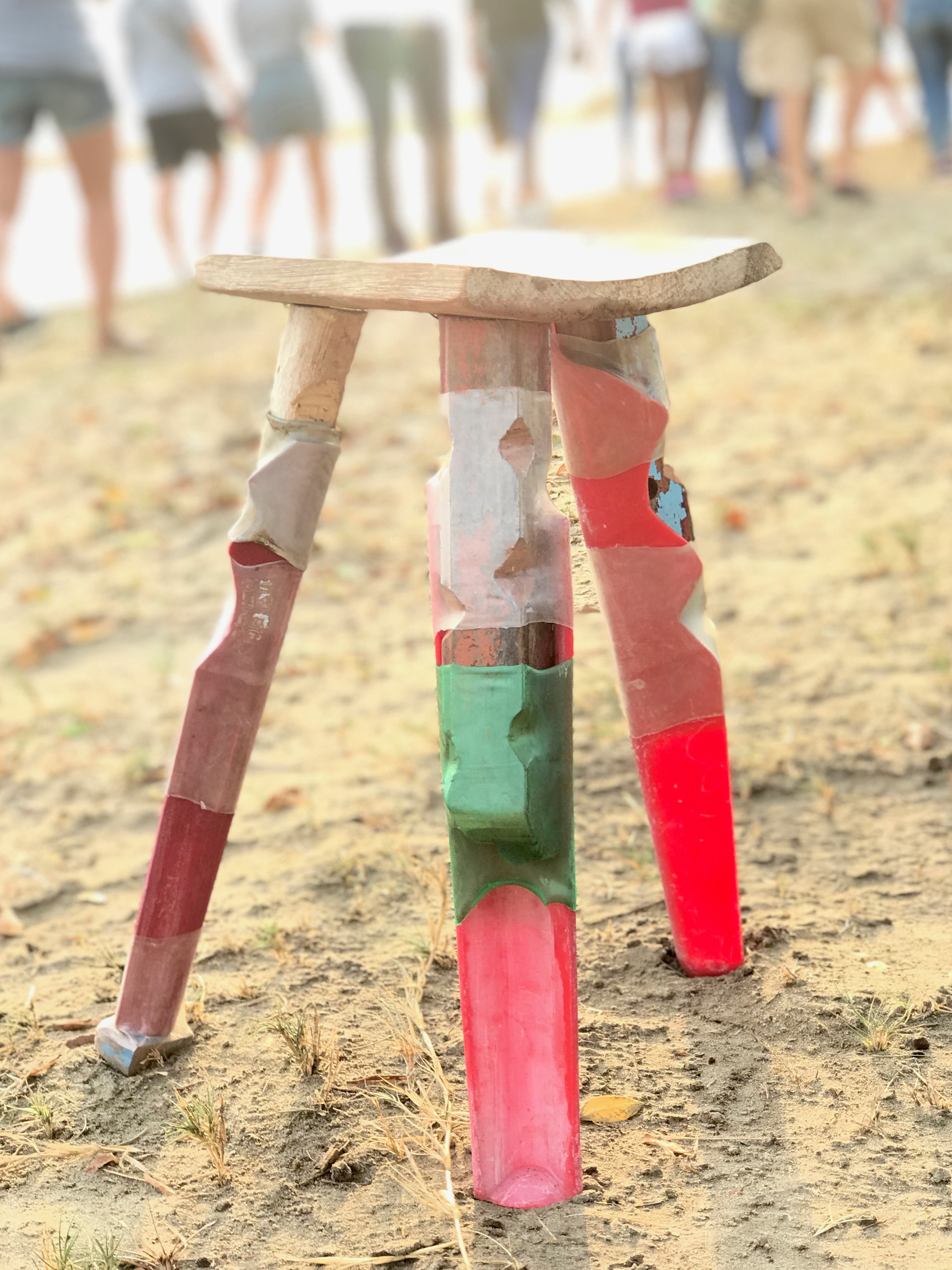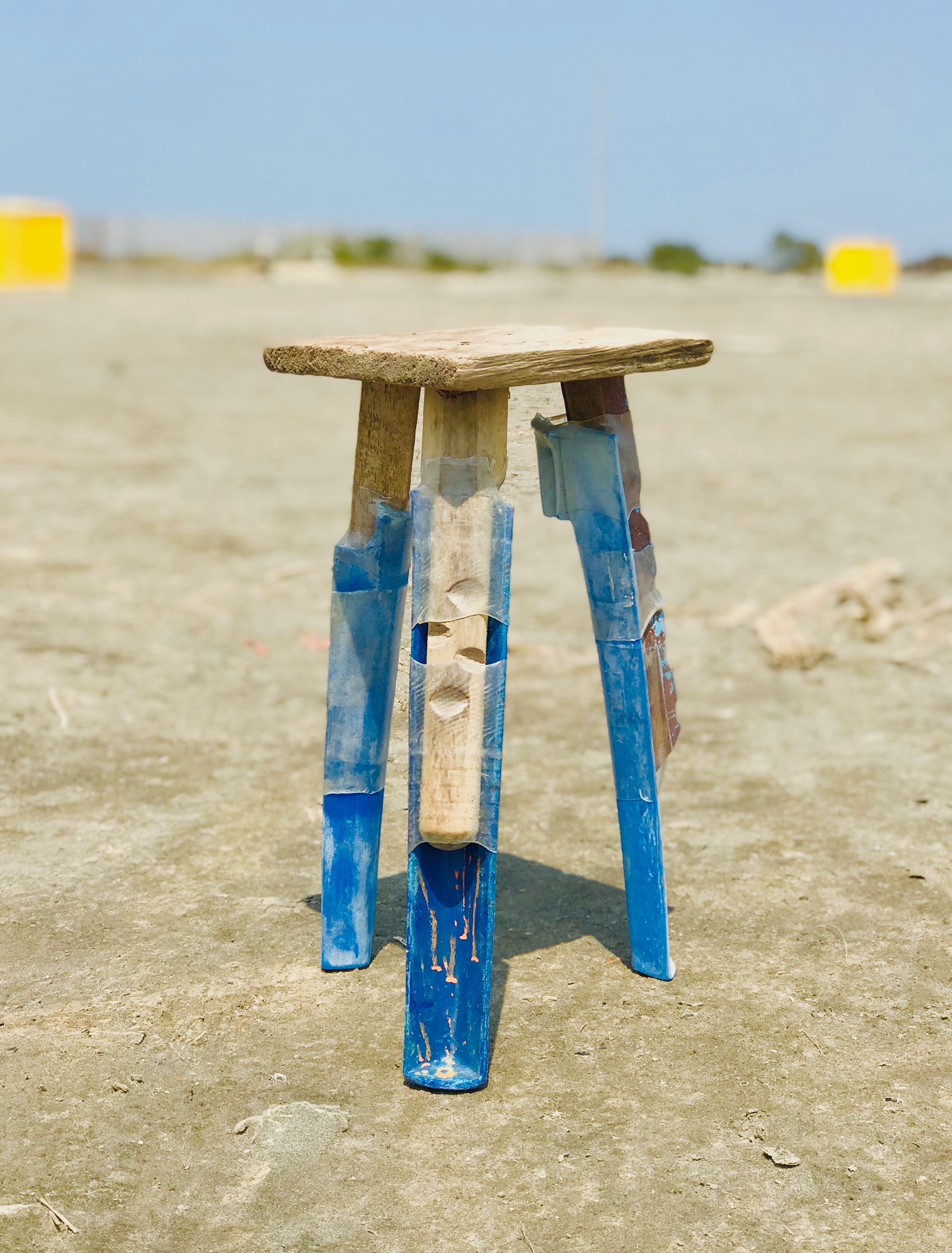




Intervention in the landscape: Viewpoint - Windbreaker
Authors: Lina Aranzalez, Carolina Quimbayo
Analogous intervention with recycled trunks
Author: Erika Álvarez
Proposal of mats with recycled flip flops
Authors: Daniela Bolaños, Laura Vanegas Luna
Furniture intervention with recycled wood
Authors: Camilo Zea, Carolina Gaviria
Footprints
Landscape intervention, rest rooms
Authors: Sebastián Leiva Camargo, Martín Rodríguez Rocha
These interventions took advantage of the waste found in the Marina and on the beach to generate new spaces in the place that provide places of tranquility, with these proposals the idea of starting to think of La Marina Puerto Velero as “milestone” spaces, built with the existing material, identify certain rooms, and incorporate the disused material for the conformation of La Marina beach. The idea was also to use the places between mangroves to take advantage of their shade, thus managing to understand the formal language of the place.
......
Proposal for the management of recycled lids
Authors: Elizabeth Dellheim, Elisa Schonwald


Furniture intervention with wood and recycled plastic:
Authors: Christiaan Nieman, Annelie Franke
